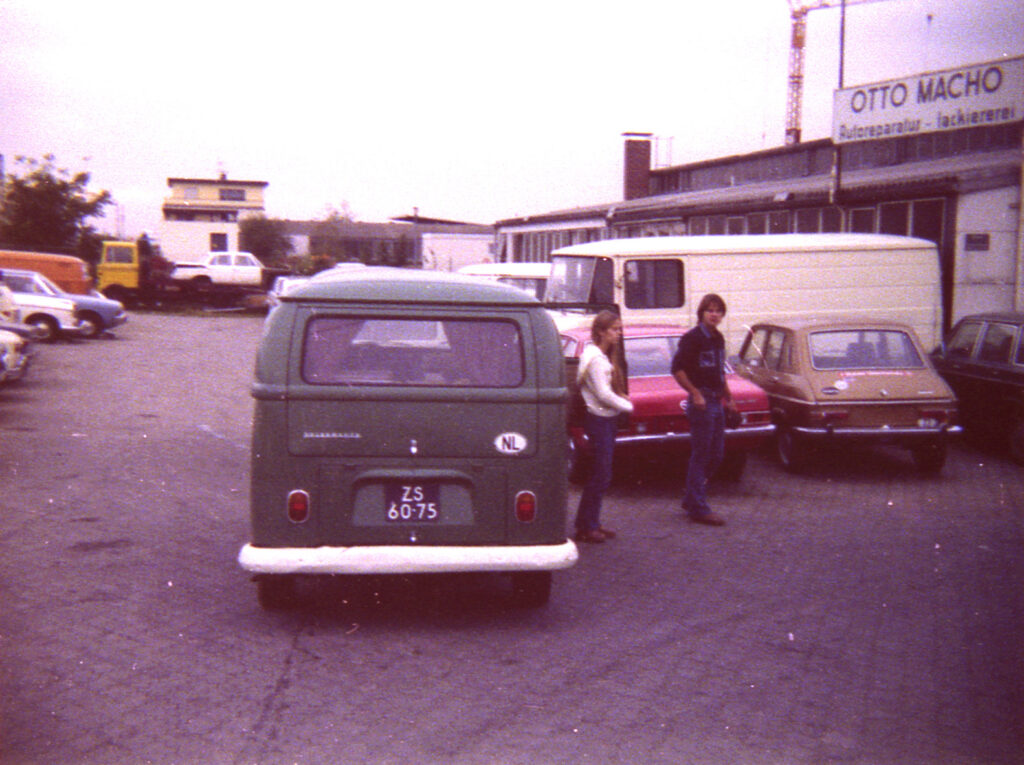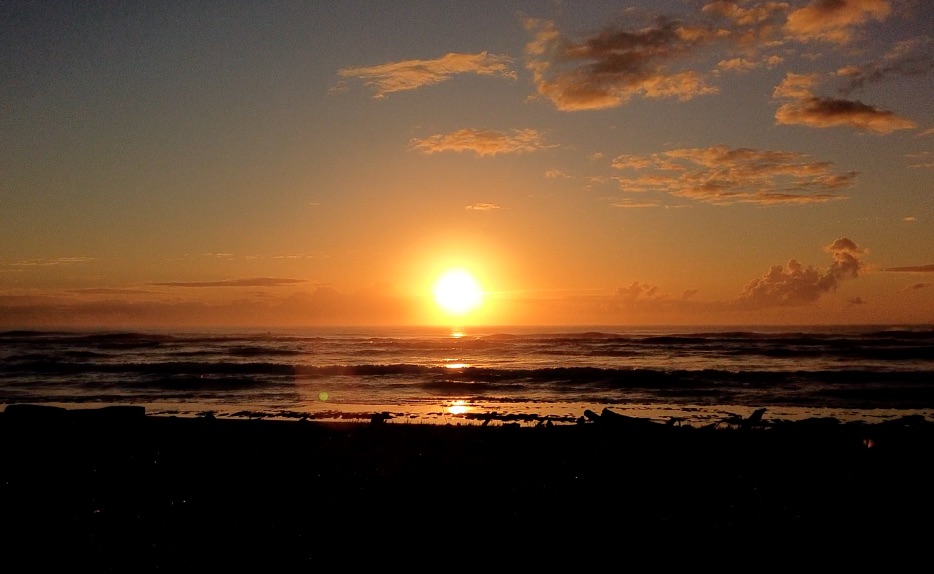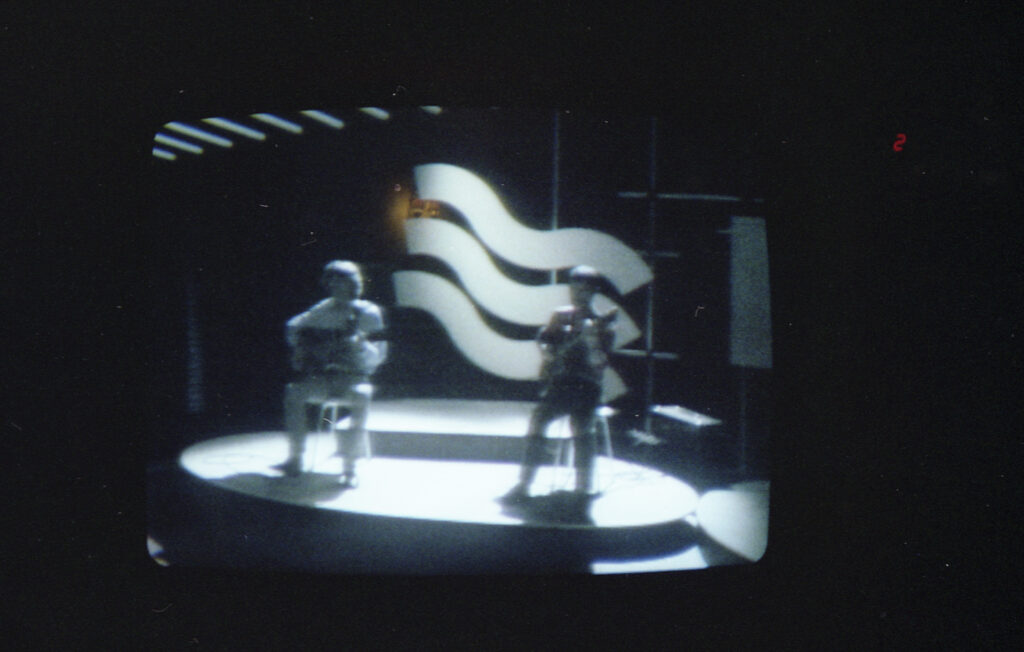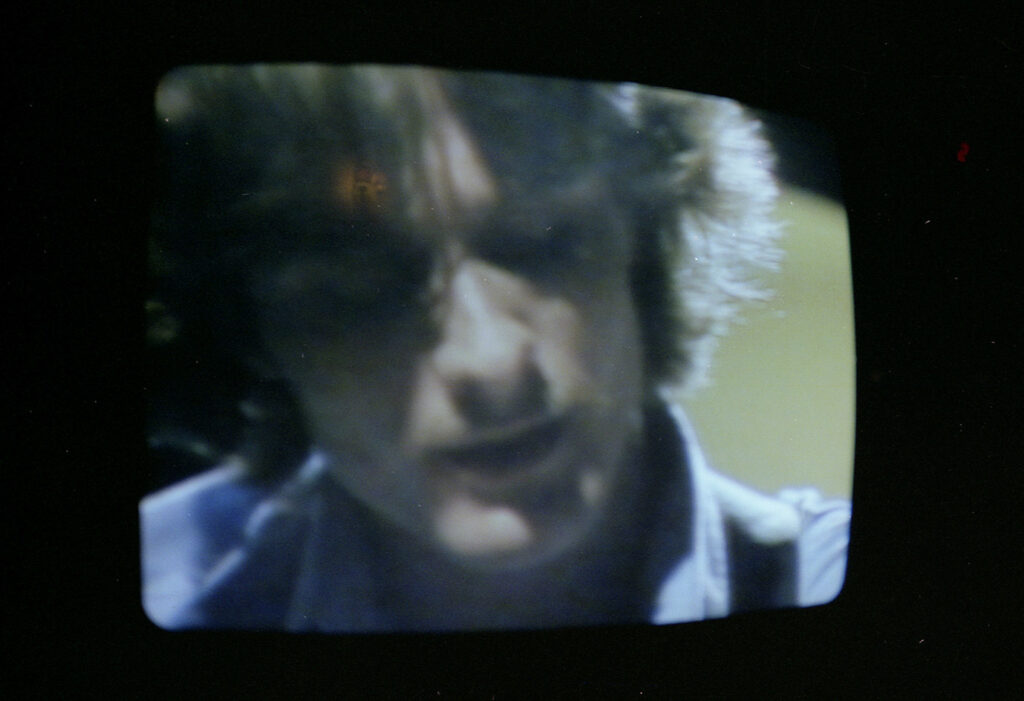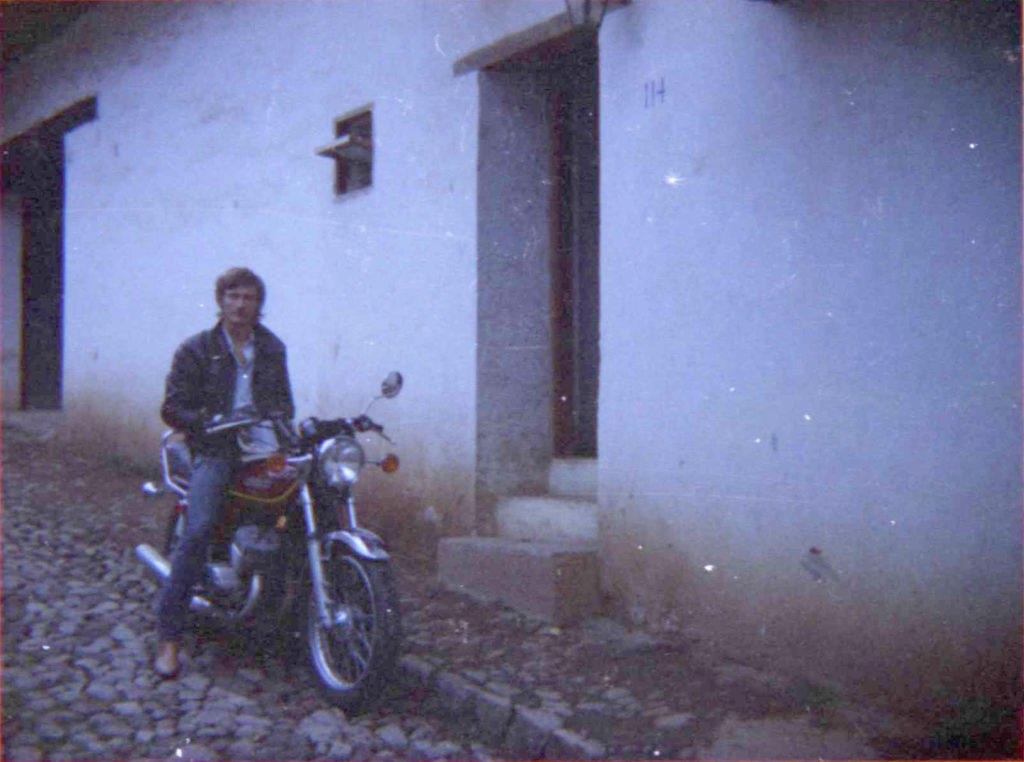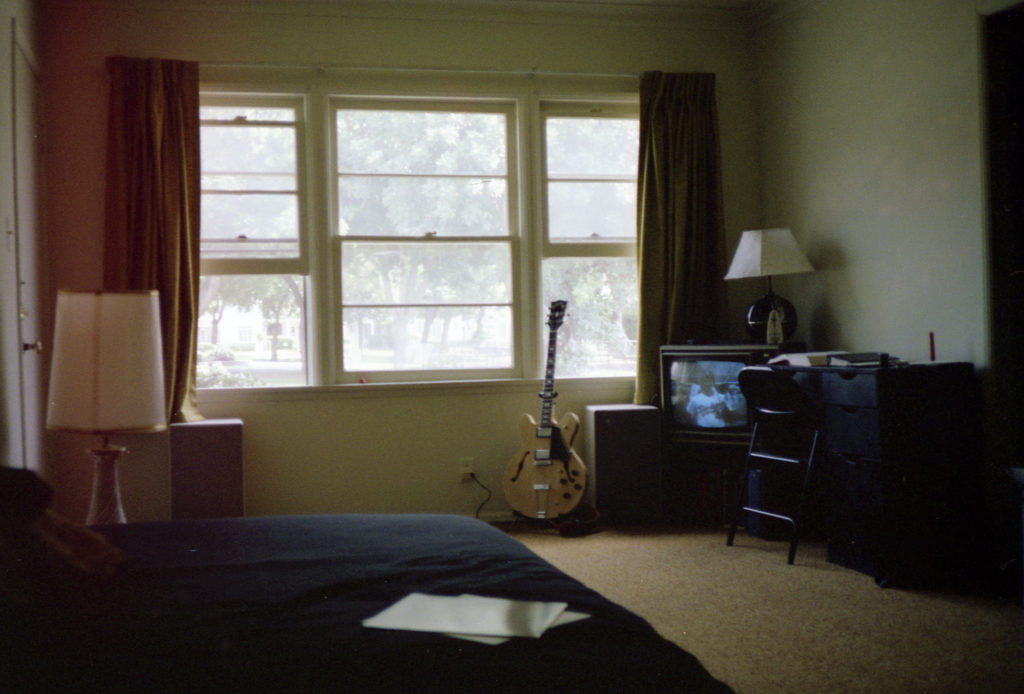The World Table Tennis Championships are a spectacle unlike any other. The atmosphere is electric from the presence of top players from countries throughout the globe – each a star where they’re from, each not used to losing, and each a fierce competitor in an individual sport with an ego to match.
Early in the tournament, one can easily distinguish the newcomers from the veterans. While the first-timer from a second or third division team enters somewhat cautiously, taking in the impressive, well-decorated hall, the Chinese team walks in like they own the place. And no one really dares say otherwise. Everyone knows that, in fact, they do.
One might think that a photographer’s ring-side seat is a perfect way to enjoy the sport. And of course there is much truth to that, but often it’s easier to follow the matches in their entirety as a spectator in the stands than through the lens at court side, where much of it can go by while we focus on getting the shot we’re after, seeing only one player at a time.

What we do get to witness, however, are little gems that only reveal themselves in extremely close proximity. Over the 20 years or so, during which I have followed these competitions, I have been privy to innumerable such little details – some more significant than others – but, after enjoying them and perhaps recounting them to my friends, I have let them pass to memory. This time, I decided to hold on to a few of them and dig some up from the past.
Not all have the weight of the match-deciding, yet practically invisible edge ball at the 2005 World Championships in Shanghai, the slightest “tick” of which was audible only to us photographers right next to the table – and Timo Boll, who without hesitation pointed to the edge of the table, even though it had been match point, 12-11 in the seventh game, and the umpire had already raised his arm giving him the point and with it the match. Boll went on to lose the match but was awarded the sportsmanship award for that tournament.
Some events are more mundane. The big, loud Spanish player, for example, who, after easily winning the first game against his Portuguese opponent, finds himself in deep trouble and finally, while walking past the Portuguese bench picking up a ball, comments on his own performance in a tirade of salty language. Aware of his closest audience, he does so not in Spanish, but in Portuguese.
The beginning of a match at court side feels much like I imagine the moments before the encounter of two gladiators must have felt in ancient Rome. Athletic, strong young guys step onto the court, pacing like lions locked into a confined space with their rival. While luckily it seems rare that there are personal feelings, by the time they are ready to start their matches, they have peeled back the layers of insulation that keep society working and have exposed the bare wire that allows them access to their primal instincts. From right next to them, that tension is palpable.
When women take to the court, the feeling is somewhat different. It reminds me more of a couple of race horses chomping at the bit to be let loose. Nervously they stand next to the coach, all but ignoring his last instructions, looking across the court to their competition, then they sometimes start hopping – as much to loosen their muscles as to dissipate excess energy. Nobody can go from zero to one hundred in no time flat, and they are clearly ramping up. By the time they start the match, they’re already at full speed.
Before the match starts, many competitors have little routines that they perform religiously: World Champion Zhang Jike is very meticulous in his preparation. He walks around the back court and arranges all the barriers so they are lined up correctly, neatly ties his shoes making sure the laces on both sides of the knot are evenly long, and after warm-up, after time has been called, he keeps everyone waiting while he pulls up his shirt, reaches for his short’s strings, ties them neatly, pulls down the shirt, arranges it, and only then is he ready to kill.
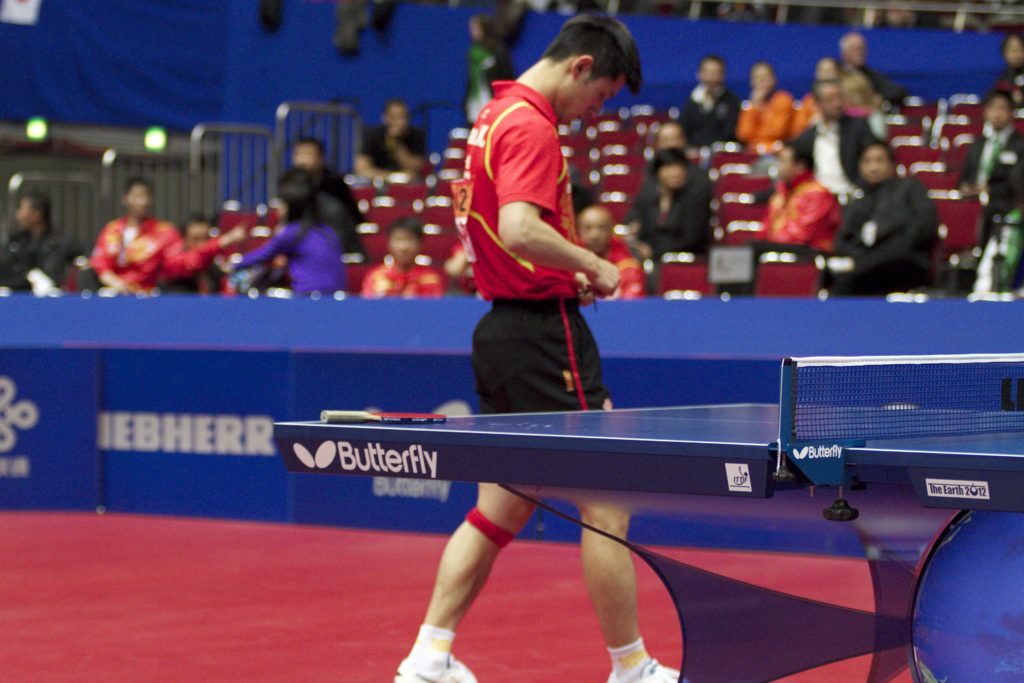
Looking at him closely, I noticed that sometime in the recent past an event that must have been extremely painful left the nail on his right ring finger blackened – an occurrence that must surely have interrupted his preparations for this tournament. It doesn’t seem to have slowed him down much.
When the match has started, all that energy gets focussed onto the ball. To some players it becomes the enemy, to be pounded as hard as possible. They will run every ball down, crashing through the barriers, if need be, launching their bodies in its direction, the first goal always being contact with the ball and only after that do they develop a strategy on how to avoid landing face first.
To others, the ball seems to be an object of affection, a partner that allows them to mess with their opponent, gently taking the game out of his hand, softly aiding his temper to come to a boil and perhaps causing him to explode, or to implode – either will do.
Top players all have certain physical routines – whether they’re preparing to serve or to receive. Zhang Jike softly bounces the ball on the rubber with his right hand, five or ten times – the number increasing with the tenseness of the situation.

Zoran Primorac gets into receiving position and then reaches out with his left hand and gently rests the tips of his fingers on the table’s edge. Aware that it would be a lost point if they’re still there when the opponent tosses the ball, he glides them off just in time.
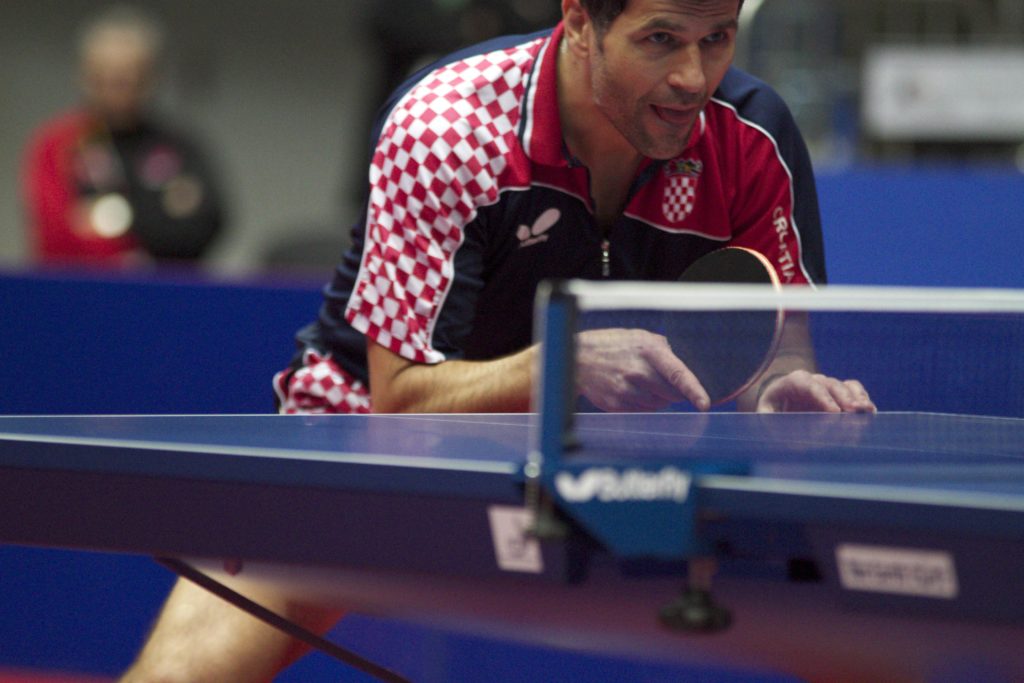
Germany’s Dmitrij Ovtcharov has a very deliberate routine folding his towel very neatly. It seems that, if he succeeds in getting the folds to be just in their right place, then his game will also be in order, and so one is drawn in, rooting for a perfect fold so perhaps the next point will be another beauty.
The contrast between what we imagine some players’ off-court personality to be and what they display on-court is intriguing. When she gets ready to serve, Japan’s Hirano Sayaka – chatty and full of smiles off the court – has one of the most intimidating stare-downs that can last five or six seconds – an eternity under those conditions.
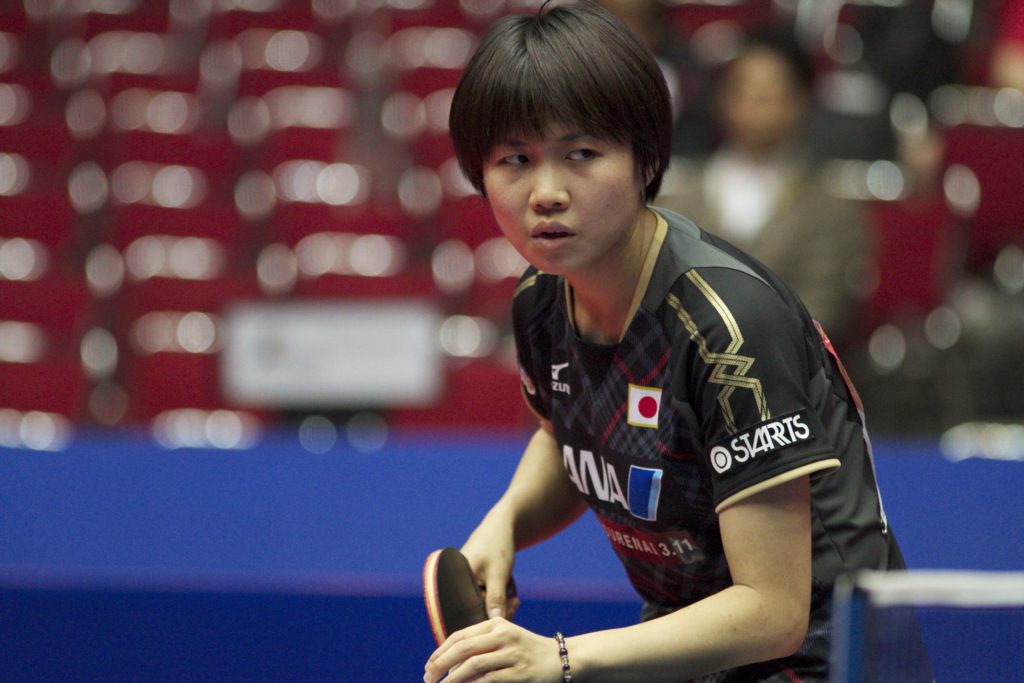
The U.S.’s Ariel Hsing, a mild mannered, pleasant young girl, can scare the … shall we say “wind” – out of her opponents with her yell after winning a good point, and then go right back to the business-like, almost stoic demeanor that makes her the dangerous competitor she is.
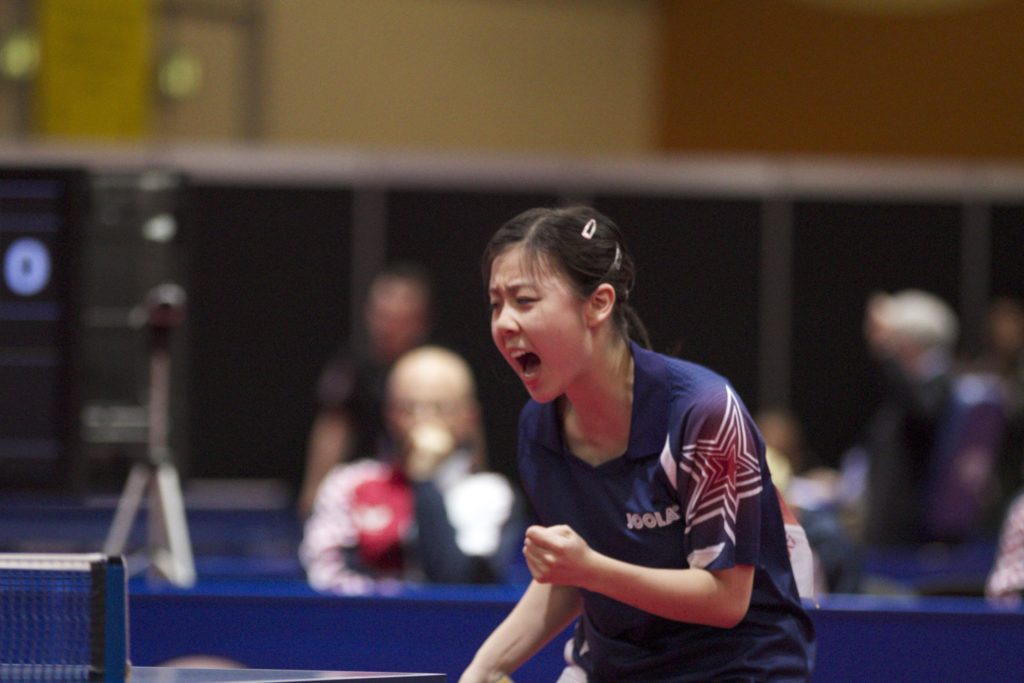
All the physical energy present on the court is amplified by the emotional component. A Russian player quietly lets the ball roll deep into the back court after losing a point, but as he walks by, I hear him mutter something to himself – something I’m glad I don’t understand – , and it feels like a volcano is charging for an eruption. It gives a clearer context to the violent scream of satisfaction upon winning the next hard-fought point, obvious to even those in the next hall. Later, when he smashes the racket into the floor so hard that it bounces all the way to the net, it is not obvious to everyone that he mashed in the edge enough to make the racket’s further use questionable. Quickly, somewhat surreptitiously, he presses the damaged area together and takes the yellow card with a nod, hoping that the umpires won’t look at his racket. They don’t.
There is never a dull moment when Alexander Karakasevic is on the court. He makes up with his god-given talent what others gain in the gym, and he has the ability to do pretty much whatever he wants with the ball. It is a thing of beauty to see him solve problems with his marvelous touch and inventive play. From court side some subtleties are visible that, seen from a distance, make it look like some magic just happened. But his indomitable spirit does not take kindly to things not going his way. While most of the time his opponents run out of options to stop his devastating backhand, some do find a key – and then you don’t want to be his coach, because during the game breaks and time-outs you will suffer what sounds like an awful dressing down.
Some subtleties are quite amusing. The United States’ Lily Zhang, apparently completely unintimidated by her opponent, played a wonderful point against China’s Guo Yue and left her parked on the wrong side of the court with a perfect down-the-line forehand. Guo stood still for just a fraction of a second, and then turned to her bench with a look that could not more clearly have said: ”How dare she!!??” – completely forgetting that at Lily’s age, she, too, approached her opponents with the same irreverence, an attitude that ultimately helped propel her to the very top ranks.
Lily showed equal lack of intimidation when she defeated world #37 Daniela Dodean of Romania. She ended the match with a little unassuming fist pump, shook hands seemingly without particular emotion, but when she sat down, she had a quiet smile on her face, showing her deep satisfaction.
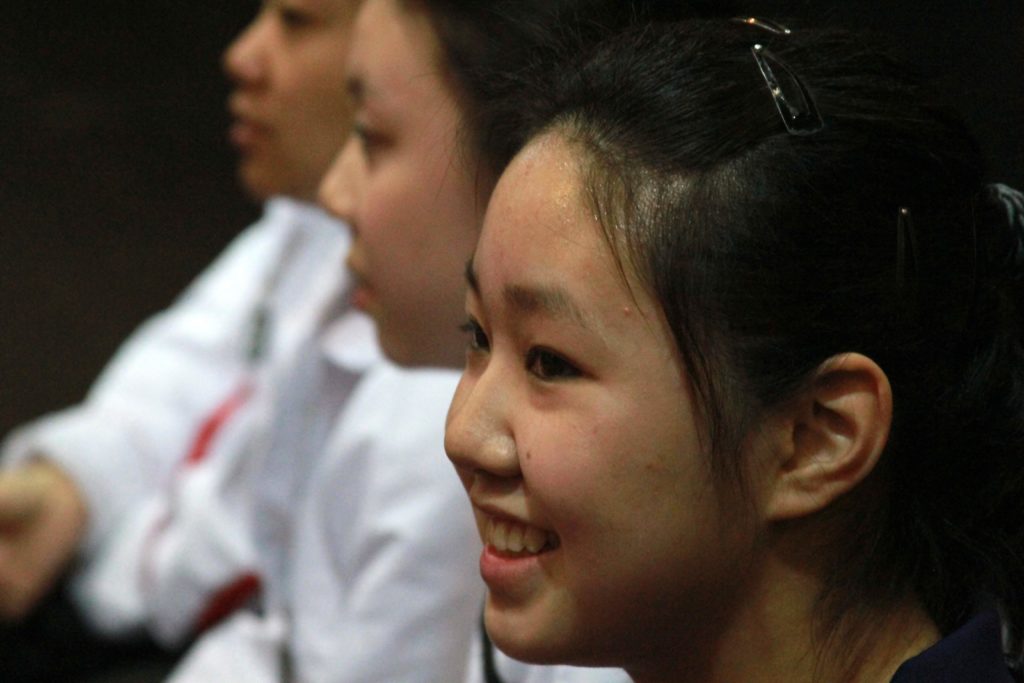
During a high-power match, the violence of it all becomes quite apparent. Sitting a few feet from them, seeing the distances close-up, it is sometimes still hard to fathom how they got from here to there in such little time, or how they reacted in time to play a ball that, when first played, quite obviously seemed unreachable – even though I saw it happen right in front of me. It is always impressive to hear the knock of the ball against the foam barriers. Long after it was struck, after it has flown across the table, hit the ground and rolled for ten feet it still sounds like someone smashed it into the barrier from immediate distance. Such is the power some of these athletes develop. When they walk by to pick up the ball, they create a gust of wind that seems more than a human body should generate.
The theater changes pace when the players go to their coaches in between games or during time-outs. There are lectures, discussions, arguments – occasionally the coach can’t get a word in, other times he can’t shut up. Some players pace back and forth, their body language indicating they want to get back to the table, others look more like a battered boxer who is hoping for someone to throw in the towel. One player – after having endured the coach’s sermon – relentlessly delivered in a hushed but urgent tone – finally bursts out: “I can’t be more aggressive. My arm feels like a piece of wood.”
Everyone gets nervous under these pressure cooker conditions. I once saw The Master himself, J.O. Waldner standing just so that the bright lights were reflecting off his racket, showing that his hand was trembling severely. It was a final against Ma Lin – and it was the scene of an another of the many acts of honesty that grace our sport. The umpire thought she saw an edge ball, which would have ended the match in Waldner’s favor. But, aware that the ball had missed, he declined the point and immediately got ready to continue playing – and went on to lose.
Honesty, it would seem, doesn’t pay – at least not in undeserved wins. It does, however, in the long run, cement the undying respect their fellow competitors have for these greats.
The people tasked to keep these wild tempers and powerful egos in check do so with varying techniques and varying levels of success. The best umpires seem to be quite well-equipped to handle it, leaving the players alone as much as possible. As long as the sport is not affected and rules are not broken, that seems to be the wise course. Wanting to be judges rather than participants, they issue a warning when necessary, but they rarely need to resort to more. Some others unfortunately lock horns with the players, and that almost never benefits the match. In either case, it is not a job I envy them.
This reminds me of one of my pet peeves: It is the whole handshake issue. It is meaningless to shake someone’s hand if you don’t look them in the eyes while doing it. A few players make a point of looking at the umpires, and it seems like they’re actually thanking them for their service.

Others are already on their way to the other side by the time their hand makes contact with the opponent’s or the umpire’s. I think that’s worse than no handshake. At that point, you’re just wiping your sweaty hand on someone else’s.
Sitting in immediate proximity lets the photographer in on some strangeness, too. For example Tamara Boros of Croatia getting her racket rejected by an umpire for having too thick rubber – after having used it the previous four days.
For photographers, it is almost impossible to stay out of the TV pictures, because we are assigned to specific areas. Over the years, it appears, some of my friends have taken to playing a variation of a famous game, which they call “Where is Diego”. I get e-mails from friends all over the world saying that they saw me on TV, and even though my profession and distinct preference is to be behind the camera, I guess it’s something I can live with.
The experience is definitely an interesting one. Perhaps not so much to watch the development of matches – that is better done from a little farther back – but to get some insights on nuances that are lost at a distance. They remind me that even the stars are regular people, with superstitions and habits and tempers and egos and a stubborn drive to win, pretty much like most of us. They’re just a hell of a lot better at table tennis…

